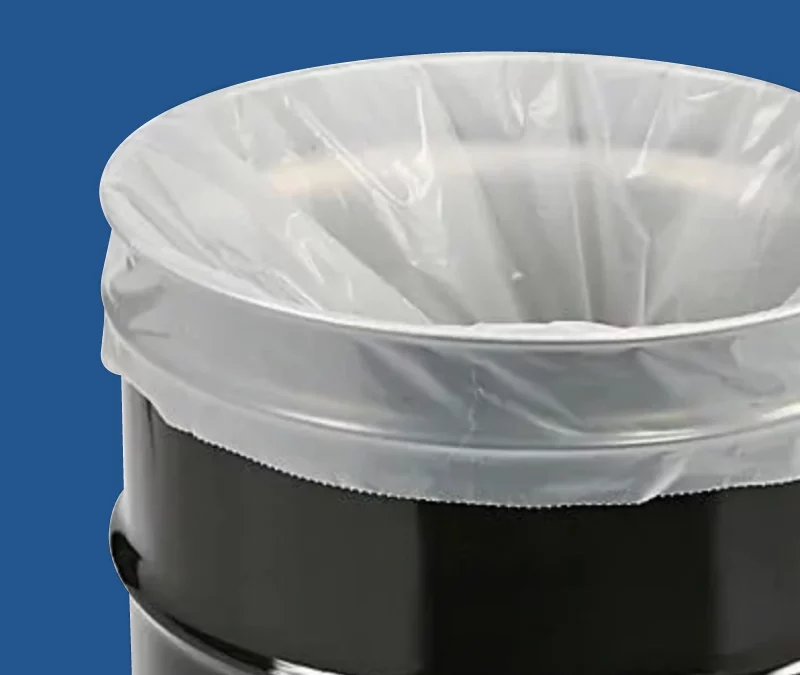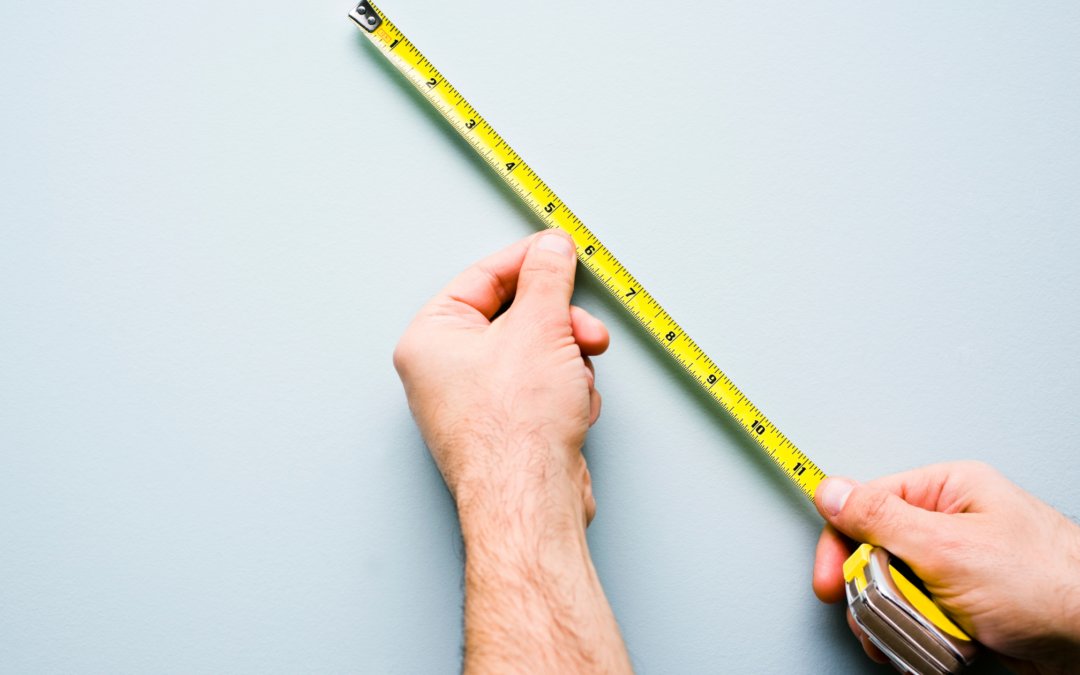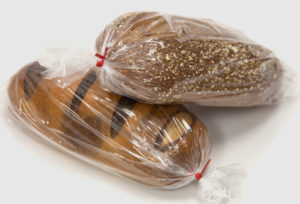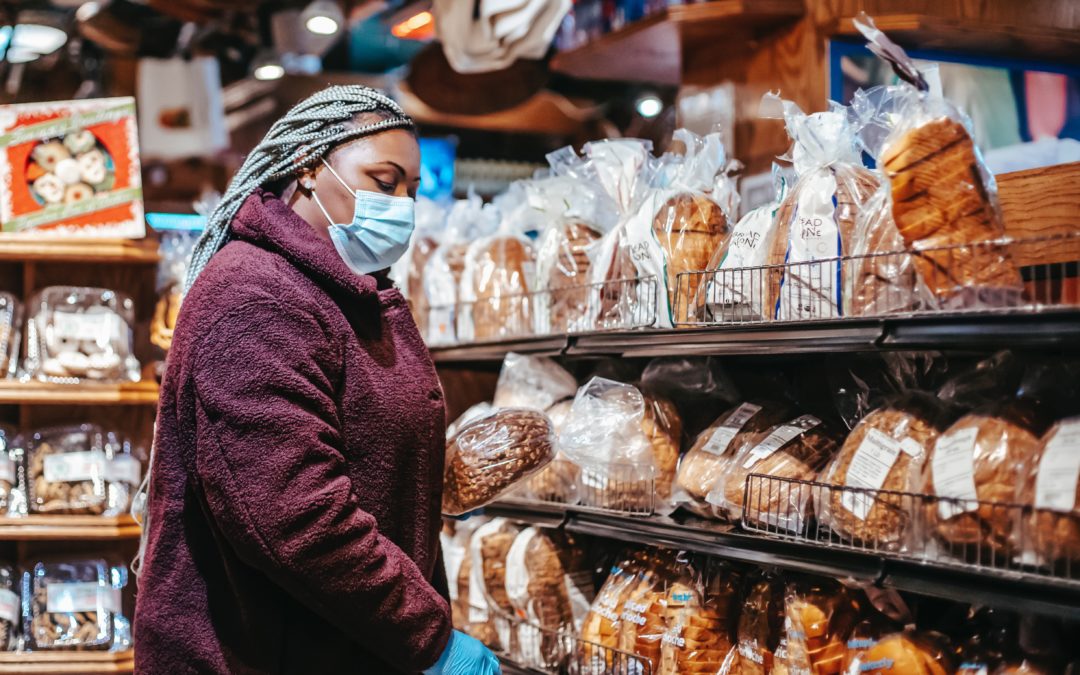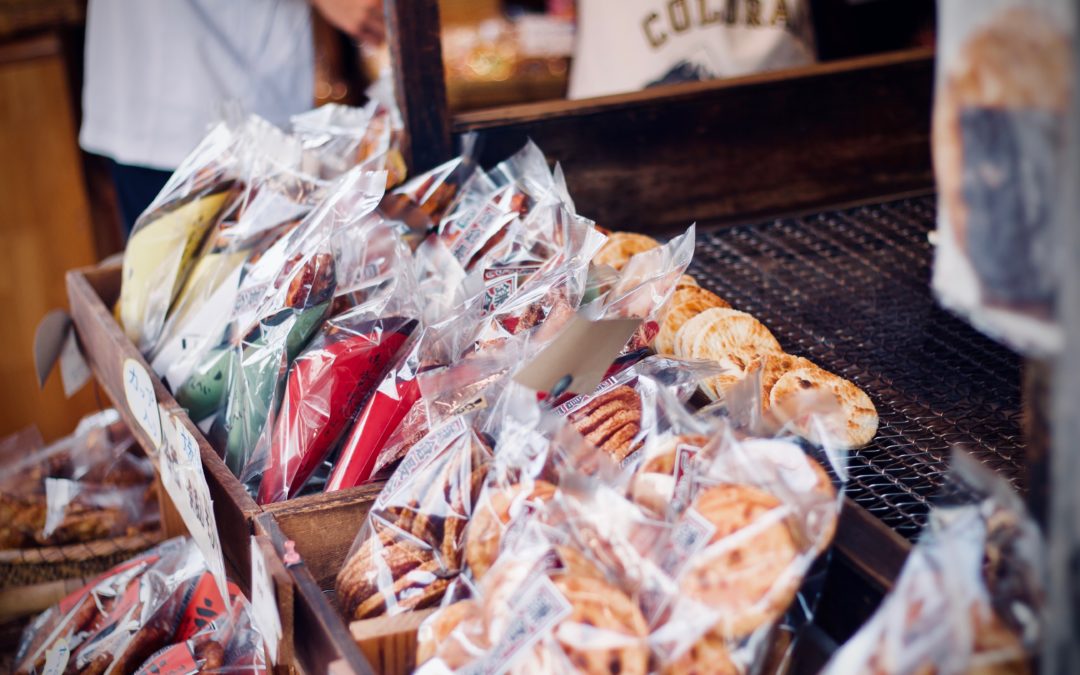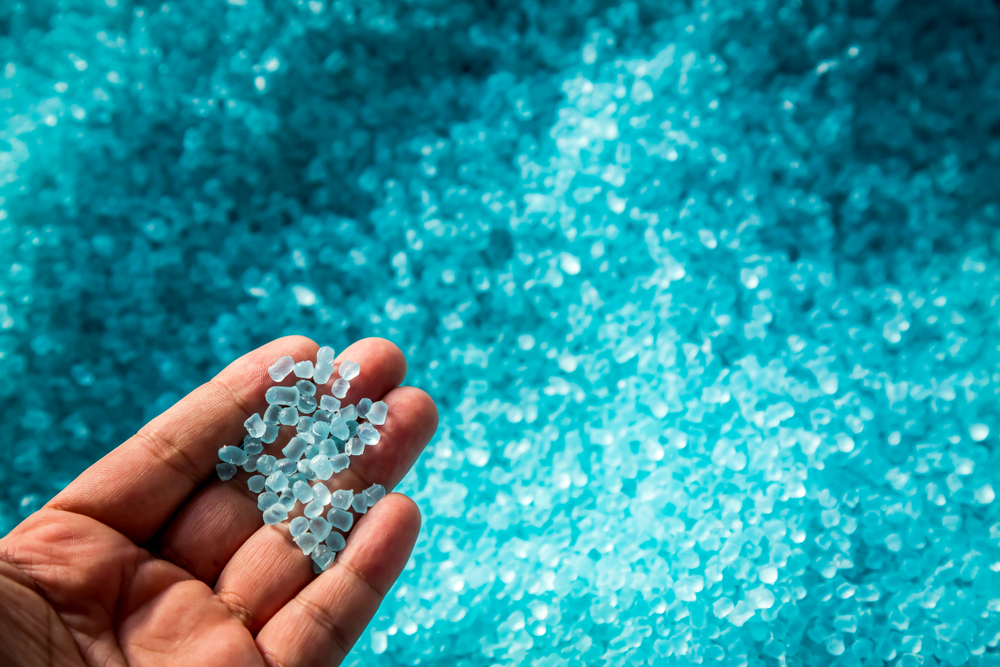
Polypropylene vs Polyethylene: Why Polyethylene Is Your Best Choice
Polypropylene (PP) and polyethylene (PE) are two of the most commonly used materials in poly bag manufacturing. While polypropylene and polyethylene share some similarities, they each have distinct characteristics that make them better suited for specific applications.
At A-Pac Manufacturing, we specialize in polyethylene bags because they offer the best combination of strength, flexibility, and affordability. In this guide, we’ll explore the key differences between polypropylene vs. polyethylene and explain why polyethylene is the best choice for most packaging needs.
What Are Polypropylene and Polyethylene?
Polypropylene (PP)
Polypropylene is a thermoplastic polymer made from propene (or propylene) monomers, a hydrocarbon derived from petroleum. It’s lightweight, rigid, and resistant to high heat and chemicals, making it useful for specialized applications like sterilized medical packaging and high-clarity retail bags. However, because PP requires specialized machinery, it is more expensive to manufacture and has fewer use cases than polyethylene.
Benefits of Polypropylene:
- High clarity for showcasing packaged items.
- Resistant to moisture, chemicals, and heat.
Polyethylene (PE)
Polyethylene is a thermoplastic polymer made from ethylene monomers, another petroleum-based hydrocarbon. It’s a versatile, impact-resistant plastic that is widely used due to its flexibility and durability. Unlike polypropylene, polyethylene comes in various densities, allowing manufacturers to tailor the material’s strength, transparency, and pliability for different applications.
Benefits of Polyethylene:
- More flexible and stretchable than polypropylene.
- Strong impact resistance, making it ideal for heavy-duty packaging.
- Cost-effective and widely used across industries.
- Available in different densities:
- Low-Density Polyethylene (LDPE): Soft, flexible, and commonly used for plastic bags and liners.
- High-Density Polyethylene (HDPE): More rigid and durable, often used for heavy-duty packaging and shipping materials.
- Medium-Density Polyethylene (MDPE): A balance between LDPE and HDPE, offering moderate flexibility and strength.
- Used in almost every industry, including food, retail, industrial, medical, and construction packaging.
Key Differences Between Polypropylene vs. Polyethylene:
| Feature | Polypropylene (PP) | Polyethylene (PE) |
| Strength & Durability | Stiff and durable but can crack under stress | More flexible and impact-resistant |
| Flexibility | Holds shape well, less pliable | Softer, stretchable, and pliable |
| Cost | More expensive due to its durability | More affordable and widely used |
| Applications | Limited use cases (medical, high-clarity retail) | Food, retail, shipping, industrial, general-purpose bags |
Which Material Is Best for Your Poly Bag Needs?
While polypropylene has some specialized uses, polyethylene is the best choice for most packaging applications.
Here’s when polyethylene (PE) is the superior option:
For Food Packaging & Retail
- Flexible and durable, preventing product damage.
- Strong moisture resistance, keeping food fresh.
- Great for retail display bags, grocery bags, and bakery packaging.
A-Pac manufactures polyethylene bags that are perfect for food storage, bakery packaging, and general retail applications.
For Heavy-Duty Industrial Applications
- Tear-resistant and impact-resistant for shipping and bulk storage.
- More flexible than PP, making it great for hardware, tools, and heavy items.
- Available in HDPE for extra durability.
A-Pac’s industrial polyethylene bags are ideal for hardware parts, construction materials, and bulk packaging.
For Cost-Effective General Use
- Affordable and versatile, making it the most widely used poly bag material.
- Available in multiple densities (LDPE for flexibility, HDPE for strength).
- Used for grocery bags, apparel bags, and general packaging.
Since A-Pac specializes in polyethylene, we can create the perfect custom bag for your application!
Why Choose A-Pac for Your Custom Poly Bag Needs?
At A-Pac Manufacturing, we don’t just make poly bags—we provide custom polyethylene packaging solutions that fit your business needs. Unlike polypropylene, which requires specialized (and costly) manufacturing, polyethylene is more versatile, cost-effective, and widely used across industries.
We specialize in polyethylene because it’s the best choice for most businesses with:
- Quick lead times—get your custom bags fast.
- Competitive pricing—polyethylene keeps costs low.
- Customization—choose the size, thickness, and density that’s right for your business.
- Small-business friendly—we work with companies of all sizes to create perfect-fit packaging solutions.
Let’s find the perfect poly bag for your business! Request a free quote today for your custom poly bag needs.
